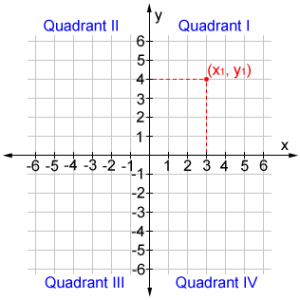

^ 0 ^, ^ 0 ~1), and attempting so alerts the typist, "Cannot mix world & local coordinates (everything must either use ^ or not)." So such a command fails to be parsed.Ī command's execution position, rotation, dimension, and anchor all can change the effect of using ^ ^ ^. Local coordinates cannot be mixed with world coordinates (e.g.

In Java Edition, pressing F3+ B displays the +Z local direction for all entities as a blue ray centered on their heads If they turn around and repeat the command, they are teleported back to where they started. (Note that an entity with rotation 0 0 has its local frame aligned with the world frame.)ĭescribed in other terms, these coordinates express ^ΔSway ^ΔHeave ^ΔSurgeįor example, / tp ^ ^ ^5 teleports the player 5 blocks forward. A number following a caret (^) is an offset within a moving, entity-centric frame: This coordinate system is centered at the executor's position, with +X local directed to its left, +Y local directed upward, and +Z local directed in the direction the sender faces. Like relative coordinates, these describe positions relative to where a command is executed from, but with different directions. The other way to describe positions is with local coordinates, written in caret notation ( ^ΔX local ^ΔY local ^ΔZ local).
#SIMPLE COORDS 1.7.10 UPDATE#
The / execute command can update a command's current position, changing the meaning of ~ ~ ~. Relative world coordinates can mix with absolute coordinates for example, / tp ~ 64 ~ keeps the sender's X and Z positions unchanged but teleports them to an absolute height of 64 blocks. A number following a tilde (~) describes an offset from execution position along one of the world axes, and a lone tilde assumes an offset of 0.įor example, the position 32 blocks SSW ~10 ~ ~-30 means "10 blocks east (+X) and 30 blocks north (–Z) of here." And ~ ~ ~ means the command's current position. In commands, absolute world coordinates can be used, and each coordinate can alternatively be expressed as a relative world coordinate, written in tilde notation ( ~ΔX ~ΔY ~ΔZ). Relative world coordinates are often used in commands. In Minecraft, decimal coordinates usually needs to be converted into integer coordinates by rounding down, which is called the block position of the coordinate. The position of a block is actually the coordinates of the point at the lower northwest corner of the block, that is, the integer coordinates obtained by rounding down the coordinates inside the block. When the display shows you are at Y=63, then the player's feet are at Y=63, and their eyes are at 64.62. As the player's elevation rises, the y-axis number increases, and as the player's elevation lowers, that number decreases.Īn entity's coordinates are actually the coordinates of the center at the bottom of player's collision box.

Similarly, the x-axis number increases as the player travels east and decreases as you travel west. Hence, it may be thought of as the 0,0 coordinate:Īs the player travels south, the z-axis number increases travel north and it decreases. The origin point marks the zero point for the x and z coordinates. And, in terms of real-world measurement, one block equals 1 cubic meter.


 0 kommentar(er)
0 kommentar(er)
